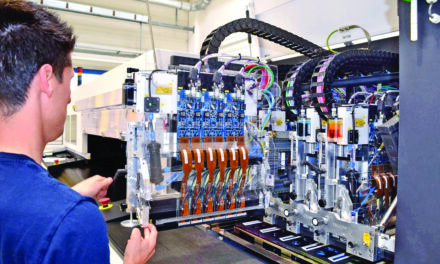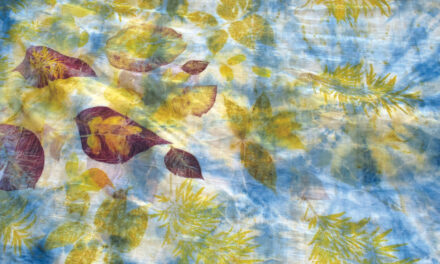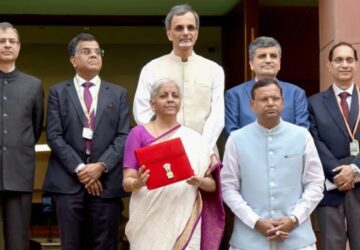 With a view to attracting investment, boosting employment generation and increasing production, the Government has approved the Production Linked Incentive (PLI) Scheme for Textiles and the Pradhan Mantri Mega Integrated Textile Region and Apparel Parks (PM-MITRA) Scheme for setting up 7 Mega Textile Parks over a period of 3 years. The PLI scheme for textiles will promote the production of high-value man-made fibre (MMF), garments and technical textiles in the country. The PM MITRA scheme aims to develop an integrated, large-scale, and modern industrial infrastructure facility for the entire value-chain of the textile industry.
With a view to attracting investment, boosting employment generation and increasing production, the Government has approved the Production Linked Incentive (PLI) Scheme for Textiles and the Pradhan Mantri Mega Integrated Textile Region and Apparel Parks (PM-MITRA) Scheme for setting up 7 Mega Textile Parks over a period of 3 years. The PLI scheme for textiles will promote the production of high-value man-made fibre (MMF), garments and technical textiles in the country. The PM MITRA scheme aims to develop an integrated, large-scale, and modern industrial infrastructure facility for the entire value-chain of the textile industry.
The Government is implementing various policy initiatives and schemes to increase investment and expansion of the textile industry, including modernization of the weaving and processing sector, such as Amended Technology Upgradation Fund Scheme (A-TUFS), National Handloom Development Programme (NHDP), Integrated Processing Development Scheme (IPDS), Scheme for Integrated Textiles Parks (SITP), Samarth–Scheme for Capacity Building in the Textile Sector, etc.
The new Economic Cooperation and Trade Agreements (ECTA) with Australia and the UAE would open up infinite opportunities for textiles and would also help in increasing exports. Sri Lanka’s economic crisis is also likely to prove beneficial in the short-to medium-term as buyers from the US and Europe sourcing from the island nation may look to India for reliable suppliers
Indian textile sector accounts for about 10 percent (approx. $43 bn) of India’s total merchandise exports. RMG exports for the period Apr-Mar 2021-22 is $16018.3 mn showing a positive growth of 30.4 percent compared to the same period last year. Apparel sector with its share of approx. 4.4 percent of the total exports, has been able to make a decent contribution.
I am sure, all these initiatives will create huge job opportunities for millions of people India and we can achieve $100 bn in exports by 2030.

















